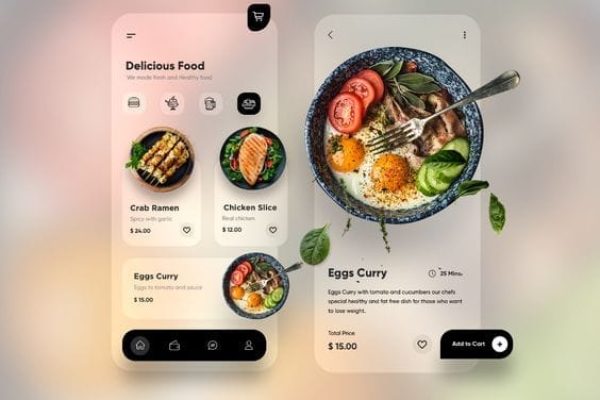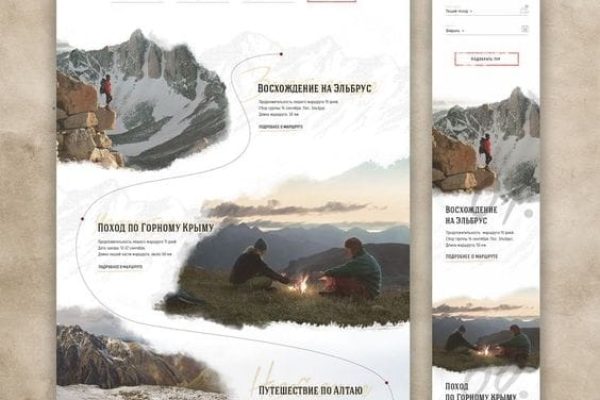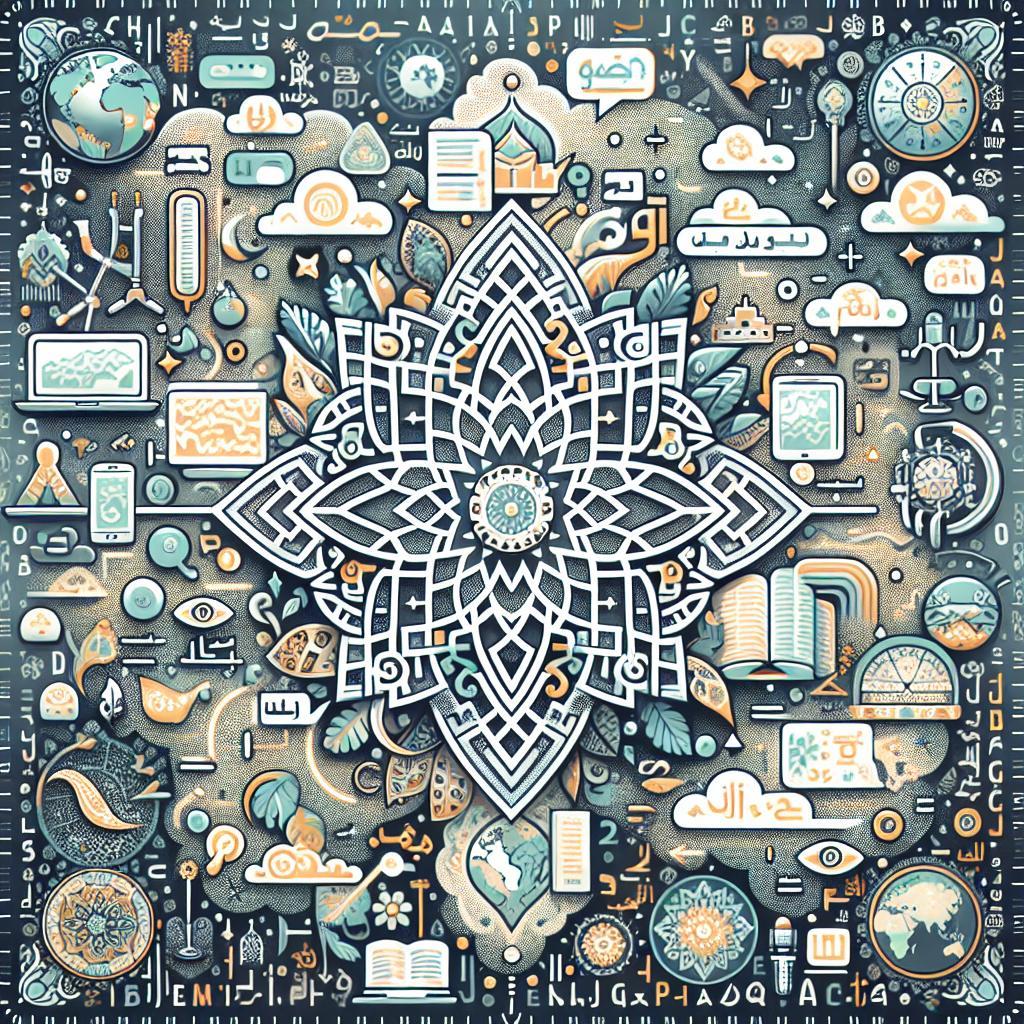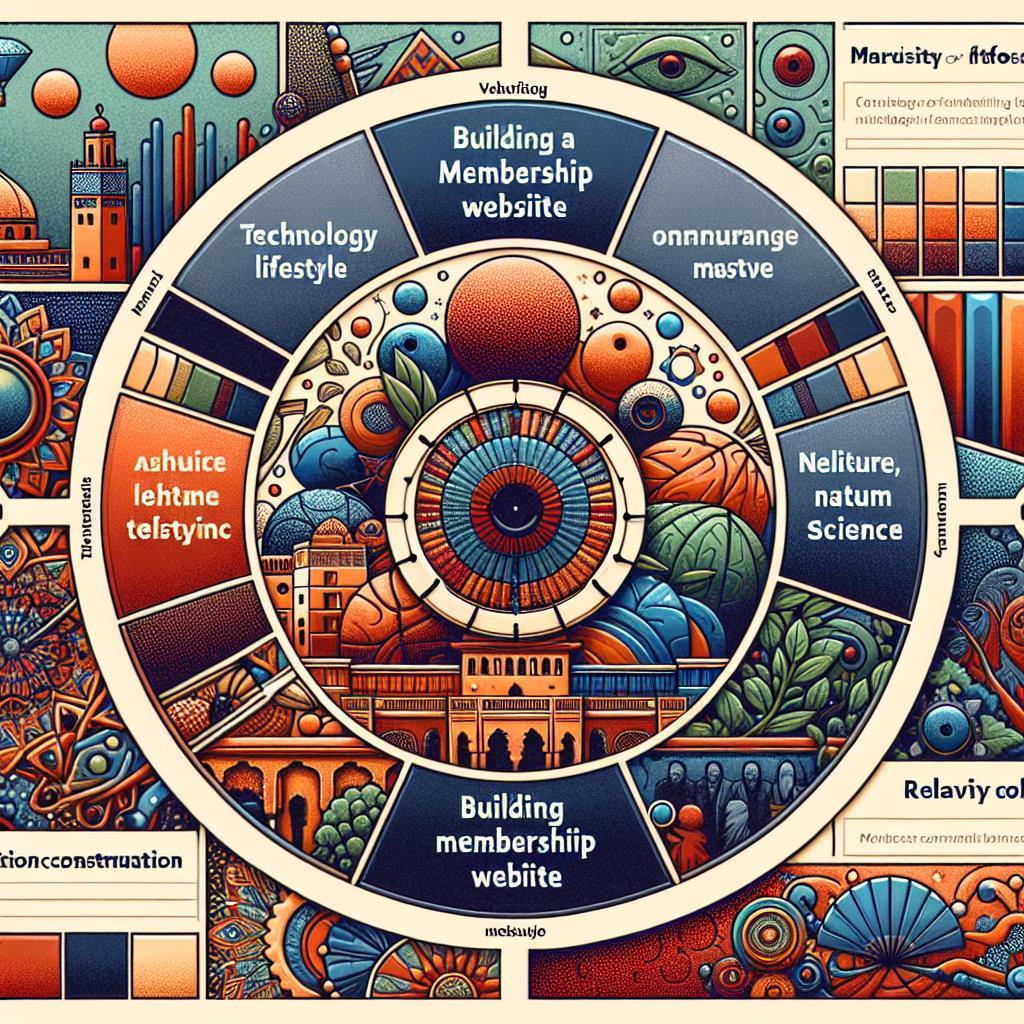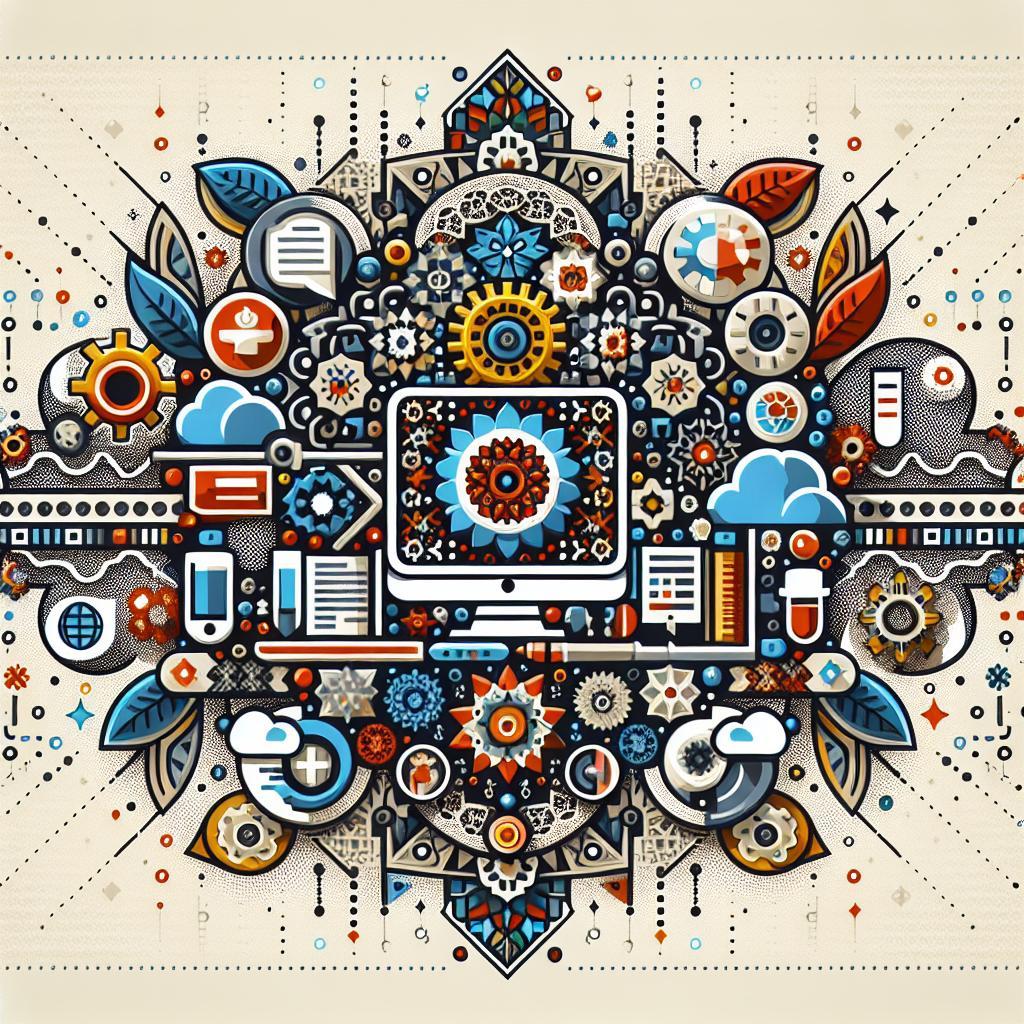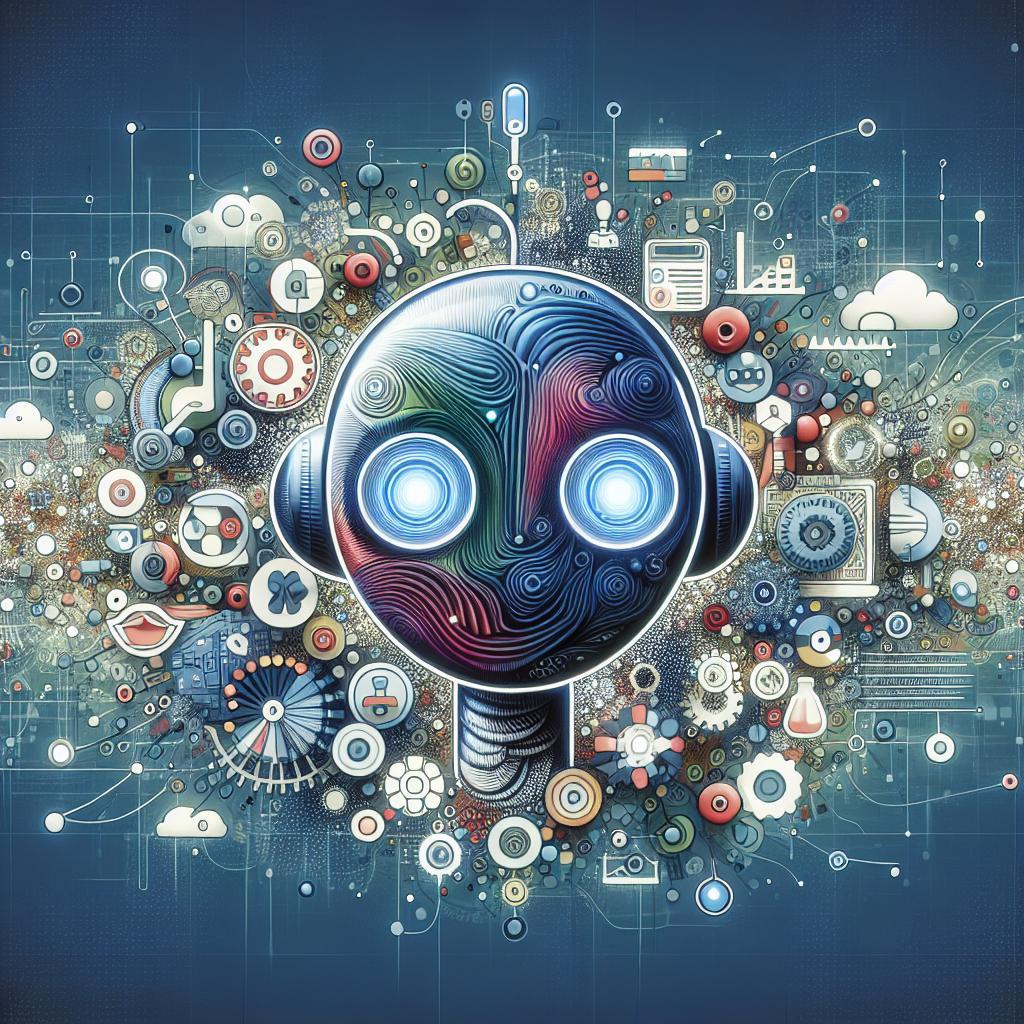Introduction to Web Design
In the ever-evolving world of technology, web design plays a crucial role in creating engaging and user-friendly online experiences. Over the years, web design has witnessed significant changes and advancements. From simple static pages to interactive and dynamic websites, the evolution of web design has been remarkable. Today, a new trend is revolutionizing the digital landscape – the rise of 3D in web design. This article explores the concept of 3D web design, its benefits, examples of successful implementation, tools and software, tips for implementation, and the future of this exciting field.
Evolution of Web Design
Web design has come a long way since its inception. In the early days, websites were basic and primarily consisted of text and images. As technology advanced, web designers started experimenting with different design elements, such as colors, fonts, and layouts, to enhance the overall user experience. The introduction of HTML and CSS allowed for more complex designs, leading to the birth of interactive websites with animations and multimedia content.
With the advent of mobile devices, responsive web design became a necessity, ensuring websites adapt to different screen sizes. As the Internet became an integral part of our lives, web design evolved to focus on user-centric design, emphasizing usability and accessibility. Today, the next frontier in web design is the incorporation of three-dimensional elements, taking user engagement and interactivity to new heights.
What is 3D Design?
3D web design refers to the use of three-dimensional elements and effects in the creation of websites. Unlike traditional flat designs, 3D design adds depth, realism, and interactivity to web pages. It involves the use of techniques such as 3D modeling, rendering, and animation to create visually stunning and immersive experiences for users. By leveraging the power of 3D, web designers can create lifelike virtual environments, interactive product showcases, and engaging storytelling experiences.
The integration of 3D into web design opens up a world of possibilities. From rotating and zooming product images to interactive virtual tours, 3D design allows users to interact with content in a way that was previously unimaginable. Whether it’s an e-commerce website showcasing products from different angles or a virtual museum allowing visitors to explore artifacts, 3D web design enhances user engagement and provides a unique and memorable experience.
Benefits of Using 3D in Web Design
The use of 3D in web design offers numerous benefits for both businesses and users alike. Firstly, 3D elements create a sense of realism and depth, making websites visually appealing and captivating. This increased visual appeal can help businesses stand out from their competitors and leave a lasting impression on visitors.
Furthermore, 3D design facilitates interactivity and engagement. Users can interact with 3D objects, manipulate them, and explore them from various angles. This level of interactivity enhances user experience, leading to increased time spent on the website and higher conversion rates.
Moreover, 3D design allows for the effective showcasing of products or services. With 3D models, businesses can present their offerings in a more detailed and realistic manner. For example, an interior design company can use 3D web design to create virtual room tours, enabling potential customers to visualize how their spaces would look with different design elements.
In addition, 3D web design has the potential to improve accessibility. By incorporating interactive 3D elements, websites can cater to different learning styles and preferences. For example, a complex concept can be better understood through a 3D interactive visualization, making it more accessible to a wider audience.
Examples of Successful Designs
Numerous websites have successfully embraced 3D web design to create immersive experiences. One such example is the website of the Museum of Digital Art (MUDA). MUDA utilizes 3D technology to showcase virtual exhibitions, allowing visitors to explore digital artworks in a virtual gallery space. The interactive nature of the website provides a unique and engaging experience, bringing art to life in the digital realm.
Another notable example is the website of Nike’s Air Max Day campaign. Nike used 3D web design to create an interactive experience where users could design their own custom sneakers. The 3D interface allowed users to rotate, zoom, and customize the shoes in real-time, providing an engaging and personalized experience.
Tools and Software
To create 3D designs, web designers can leverage a variety of tools and software. One of the most popular tools is Blender, an open-source 3D creation suite that offers a wide range of features for modeling, rendering, and animation. Blender is widely used in the industry and has a thriving community that provides support and resources.
Another powerful software is Autodesk Maya, which is widely used in the film and gaming industry for 3D modeling, animation, and rendering. Maya offers advanced features and is favored by professionals for its flexibility and versatility.
For web-specific 3D design, tools like Three.js and Babylon.js are popular choices. These JavaScript libraries provide developers with the necessary tools and frameworks to create interactive 3D web experiences. They abstract the complexities of WebGL and provide a more user-friendly interface for building 3D web applications.
Tips for Implementing 3D
While incorporating 3D elements into web design can be exciting, it requires careful consideration to ensure a seamless and effective implementation. Here are a few tips for successfully integrating 3D into web design:
- Purposeful Design: Ensure that the use of 3D elements aligns with the overall goals and objectives of the website. Use 3D sparingly and purposefully to enhance the user experience, rather than overwhelming the design.
- Performance Optimization: 3D elements can be resource-intensive and may affect website performance. Optimize 3D assets, minimize file sizes, and implement caching techniques to ensure fast loading times.
- Responsive Design: Consider how 3D elements will adapt to different screen sizes and devices. Implement responsive design principles to ensure a consistent and optimal experience across various platforms.
The Future of 3D Design
The future of 3D web design looks promising. As technology continues to advance, we can expect more sophisticated tools and techniques for creating immersive and interactive web experiences. With the rise of virtual reality (VR) and augmented reality (AR), the boundaries between the digital and physical worlds will blur even further. 3D web design will play a crucial role in creating realistic virtual environments and bridging the gap between online and offline experiences.
Furthermore, advancements in browser capabilities and performance will make 3D design more accessible to a wider audience. As more web designers and developers embrace 3D technology, we can anticipate a proliferation of innovative and creative 3D web experiences.
Hiring a 3D Design Agency
To leverage the power of 3D in web design, businesses can consider hiring a 3D web design agency. These agencies specialize in creating visually stunning and interactive websites that stand out from the competition. By collaborating with professionals who understand the intricacies of 3D web design, businesses can ensure a seamless and successful implementation of 3D elements into their online presence.
Conclusion
The rise of 3D in web design is revolutionizing the digital era, offering new possibilities for immersive and interactive online experiences. By incorporating 3D elements, businesses can enhance user engagement, improve product showcasing, and create memorable experiences. As technology continues to evolve, the future of 3D design looks promising, with endless opportunities for innovation. To embark on this exciting journey, reach out to us and kickstart your project today.
